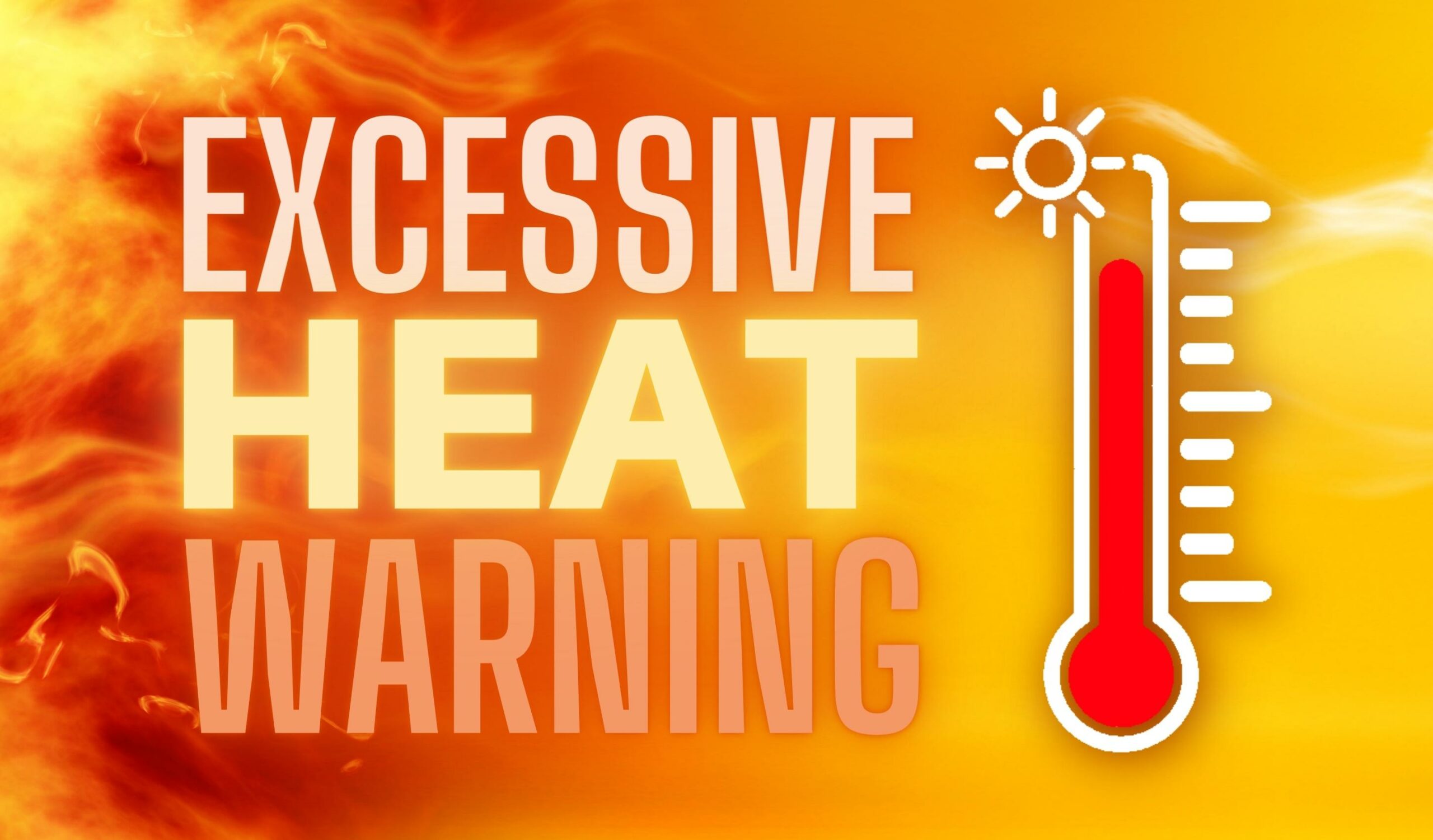Public Health Alert: Heat Advisory Due To High Temperatures

Table of Contents
Understanding the Risks of Extreme Heat
Extreme heat can have severe consequences, leading to various heat-related illnesses. It's crucial to understand these risks to protect yourself and those around you.
Heat-Related Illnesses
Heat-related illnesses range in severity, from mild discomfort to life-threatening conditions. Recognizing the symptoms is vital for timely intervention.
- Heat Exhaustion: Symptoms include heavy sweating, weakness, dizziness, headache, nausea, and muscle cramps. Resting in a cool place and rehydrating are crucial.
- Heat Stroke: This is a medical emergency. Symptoms include high body temperature (above 103°F or 39.4°C), confusion, seizures, loss of consciousness, and rapid pulse. Seek immediate medical attention if you suspect heat stroke.
- Heat Cramps: Painful muscle spasms, usually in the legs or abdomen, are common symptoms. Rest and rehydration are typically sufficient, but persistent cramps warrant medical attention.
Vulnerable Populations
Certain groups are particularly vulnerable to the effects of extreme heat and require extra precautions.
- Elderly Individuals: Older adults often have a reduced ability to regulate body temperature and may be taking medications that increase heat sensitivity.
- Infants and Young Children: Their bodies are still developing their temperature regulation mechanisms, making them highly susceptible to heat-related illnesses.
- People with Chronic Illnesses: Individuals with heart disease, respiratory conditions, or kidney disease are at increased risk due to the added strain on their bodies.
- People with Disabilities: Individuals with mobility impairments may have difficulty accessing cool environments or seeking help during a heatwave.
Recognizing Heat Advisory Warnings
Different warning levels indicate varying degrees of heat risk. Understanding these warnings allows for appropriate preventative measures.
- Heat Warning: Indicates a period of high heat that poses a risk to health. Take precautions to stay cool and hydrated.
- Excessive Heat Warning: This is a more serious warning, indicating dangerously high temperatures with a significant risk of heat-related illnesses. Limit outdoor activity and take all necessary precautions.
Protecting Yourself During a Heat Advisory
Taking proactive steps is essential for staying safe during a heat advisory. Prioritizing hydration, finding cool environments, and modifying activities are key strategies.
Staying Hydrated
Hydration is crucial, even before you feel thirsty. Dehydration significantly increases your risk of heat-related illnesses.
- Drink plenty of water throughout the day.
- Consider electrolyte drinks to replenish lost salts and minerals, especially after strenuous activity.
- Avoid sugary drinks, as they can dehydrate you further.
Seeking Cool Environments
Access to air conditioning is vital. If you don't have AC at home, utilize cooling centers or seek shaded areas.
- Locate nearby cooling centers (often libraries, community centers, or shopping malls) and utilize them.
- At home, use fans strategically and consider cool showers or baths to lower your body temperature.
Dressing Appropriately
Clothing choice plays a role in heat regulation. Lightweight, light-colored clothing reflects sunlight better.
- Wear lightweight, loose-fitting clothing made of breathable fabrics like cotton or linen.
- Avoid dark-colored clothing, which absorbs more heat.
- Apply sunscreen liberally and wear a wide-brimmed hat to protect yourself from sun exposure.
Limiting Outdoor Activities
Minimize strenuous outdoor activity during peak heat hours (typically between 11 am and 4 pm).
- Reschedule outdoor activities for cooler parts of the day (early morning or evening).
- If you must go outside, take frequent breaks in shaded areas and stay hydrated.
Community Support and Resources
Community support is crucial during a heat advisory, especially for vulnerable individuals.
Checking on Vulnerable Neighbors
Check on elderly neighbors, those living alone, and individuals with disabilities to ensure their safety and well-being. A simple phone call or visit can make a significant difference.
Heat Advisory Resources
Stay informed and access vital resources:
- [Link to Local Health Department]
- [Link to National Weather Service]
- [Link to Emergency Services]
Conclusion
This heat advisory underscores the critical importance of taking precautions during periods of extreme heat. Remember to stay hydrated, seek cool environments, and limit strenuous activity. By understanding the risks and following these guidelines, you can significantly reduce your risk of heat-related illnesses. Stay informed about the ongoing heat advisory and take necessary steps to protect yourself and your loved ones. Regularly check for updates on the heat advisory and take action to prevent heat-related illnesses. Your health and safety are paramount.

Featured Posts
-
 Eva Longorias Travel Series Watch The Trailer Now
May 13, 2025
Eva Longorias Travel Series Watch The Trailer Now
May 13, 2025 -
 Watch The Texas Rangers Vs Boston Red Sox Mlb Game Online Free
May 13, 2025
Watch The Texas Rangers Vs Boston Red Sox Mlb Game Online Free
May 13, 2025 -
 The Big Issue Announcing Our Young Competition Winner
May 13, 2025
The Big Issue Announcing Our Young Competition Winner
May 13, 2025 -
 Rpts I Myanma Dostignuto Soglashenie O Religioznoy Deyatelnosti
May 13, 2025
Rpts I Myanma Dostignuto Soglashenie O Religioznoy Deyatelnosti
May 13, 2025 -
 Ugroza Terakta Arest Stalkera Presledovavshego Semyu Skarlett Yokhansson
May 13, 2025
Ugroza Terakta Arest Stalkera Presledovavshego Semyu Skarlett Yokhansson
May 13, 2025
